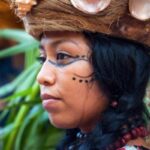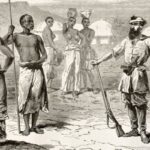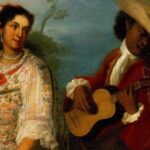We explain what Mexican culture is, the elements that make it up, its traditions, customs and other characteristics.
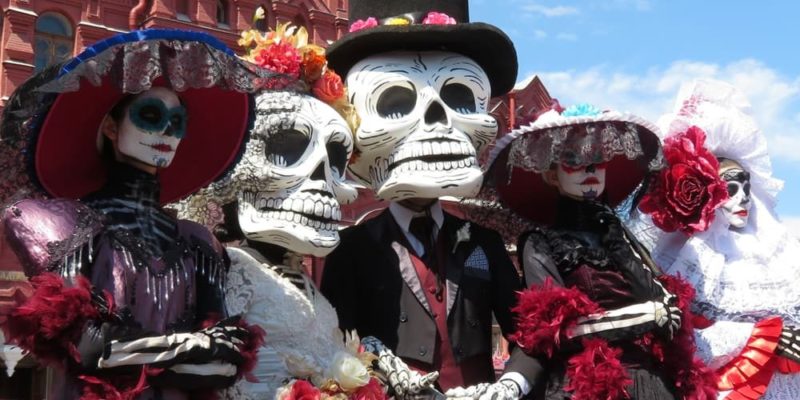
What is Mexican culture?
Mexican culture is the result of both indigenous tradition and Spanish culture imposed by colonization. A little less (in comparison) was the contribution of African culture brought by the slaves that the Europeans themselves incorporated into the nascent Latin American society.
Among the native American cultures that gave rise to it, the Mayan, the Mexica and the Toltec stand out, among others. For its part, the Spanish influence was felt during the 500 years that the Spanish-American colonial era lasted, after the arrival of the Spanish conquistadors to American lands in the 15th century.
The unique richness of Mexican culture is due, in large part, to its mix of modern elements and its indigenous legacy. There are still 52 different native peoples, heirs of the pre-Hispanic nations decimated by the European conquest, endowed with their own language, mythology and traditions.
In this way, in Mexico a society similar to that of Europe and the United States comes together, with an important Aboriginal legacy in arts, culture and ethnicity. Among those aspects gastronomy stands out, considered by UNESCO as Intangible Heritage of Humanity a reflection of the pre and post colonial history of this South American nation.
Also Their visual arts are important worldwide especially painting, with internationally prestigious names such as Diego de Rivera, Frida Kahlo, José Clemente Orozco and David Alfaro Siqueiros.
The same happens with its literature, rich and endowed with a Nobel Prize, awarded to the poet and essayist Octavio Paz in 1990, and its cinema, whose “golden age” took place between 1930 and 1950, when local film production was the most important in all of Latin America.
Mexican culture enjoys enormous prestige worldwide which translates among other things into a very important tourist activity, which makes this nation one of the most visited destinations in the entire world.
Characteristics of Mexican culture
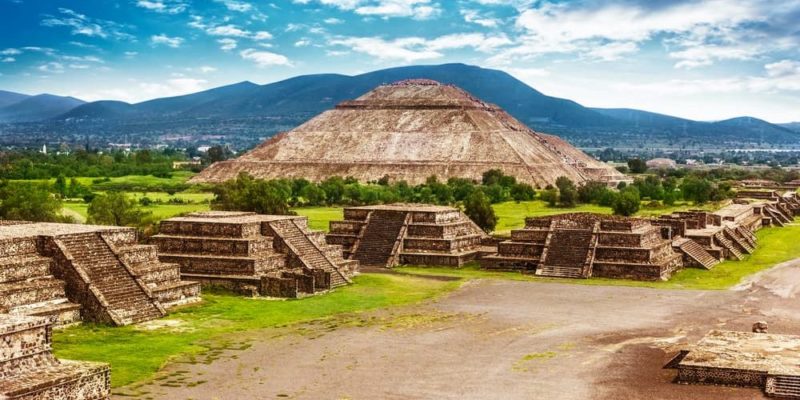
Like that of so many other Latin American nations, the Mexican culture is a mestizo culture, that is, fruit of complex dynamics of cultural syncretism whose elements come from different continents. Especially important are the Spanish and Catholic heritage, and that from the ancient Aztec Empire and other pre-Columbian Mesoamerican cultures.
It must be taken into account that the Mexican territory It was part of one of the cradles of humanity: Mesoamerica. From there, different important American cultures emerged: the Mayan, the Toltec, the Teotihuacan, the Mixtec, the Olmec and the Mexica or Aztec, to name just a few known examples.
This means that many elements of diverse origin coexist, such as the Catholic religion (the main and dominant religion in the country) and the myths, stories and mystical customs of pre-Columbian origin, such as the very famous Day of the Dead.
Mexican gastronomy is another example of this crossover, since the heritage of aboriginal corn, beans and hot chili contrast with other elements of European roots. This way, More than 50 languages of pre-Columbian origin are spoken in Mexico in a cultural mix that shows the complexity of any attempt to define Mexican identity.
Elements of Mexican culture
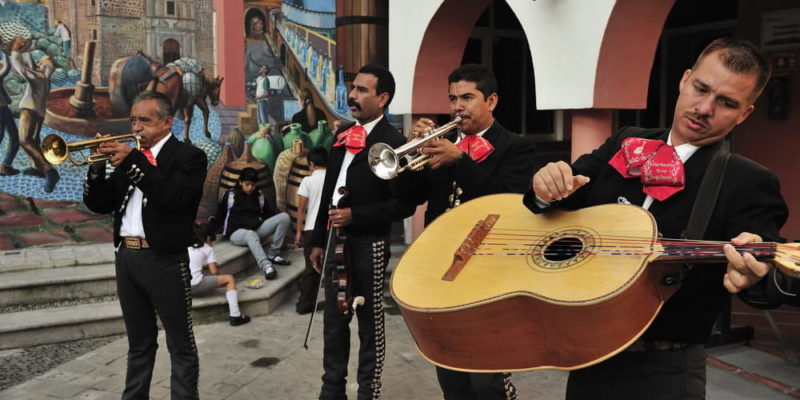
The following elements predominate in Mexican culture:
- Gastronomy One of the cuisines with the greatest personality in the world, heir to the aboriginal traditions in which corn tortilla, beans, chili, guacamole, tamale, pozole and tostadas, as well as sauces, are protagonists. Enchiladas, tacos and tamales are internationally renowned, and in the aboriginal gastronomic variants one can find insects (such as grasshoppers, dips or escamoles), and other characteristic foods.
- Literature One of the most important Latin American literary traditions is the Mexican one, starring colonial authors such as Sor Juana Inés de la Cruz, nineteenth-century authors such as Amado Nervo, and modern authors such as Octavio Paz, Juan Rulfo, José Gorostiza, Carlos Fuentes, Fernando del Paso and many others. The legacy of the Mexican Revolution (1910-1917) is very notable in the Mexican artistic tradition.
- Popular music Mexican popular music enjoys great international renown, especially ranchera songs and mariachi culture, or the Mexican corrido, having important exponents of protest music (such as the Mexican narcocorrido) and rock in Spanish. Renowned performers such as Pedro Infante, Vicente Fernández, Juan Gabriel, Julieta Venegas, and groups such as Café Tacvba, Maldita Vecindad, Caifanes, Maná or Molotov stand out, in different genres.
- Cinema and television Mexican cinema and television had a very important moment at the beginning and middle of the 20th century, with the participation of popular figures such as Pedro Infante, María Félix, Dolores del Río, Jorge Negrete, Mario Moreno “Cantinflas”, Germán Valdés “Tin tan ” or Roberto Gomes Bolaños “Chespirito”, the latter three being particularly famous in the field of television humor.
- Archeology. The Mexican archaeological legacy is one of the best known and most important in America and the world, given that a significant portion of its territory was occupied by various Mesoamerican cultures, particularly by the Aztec Empire, forcibly subjugated by the Spanish conquerors. The main Mexican archaeological sites are Tulúm, Chichen Itzá, Cobá, Uxmal, Monte Albán and Dzibanché.
Images of Mexican culture
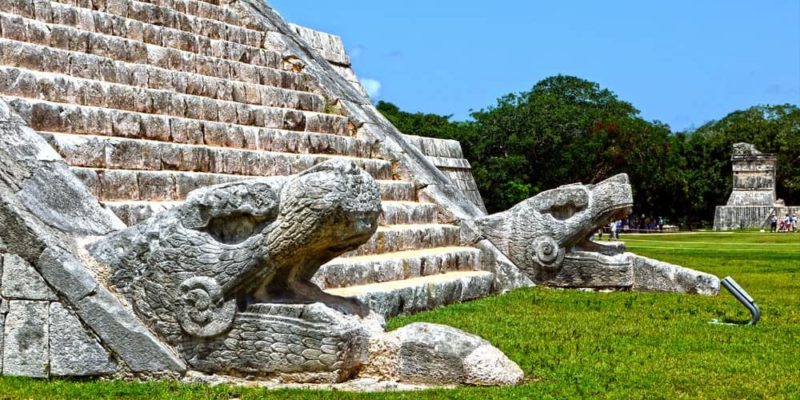
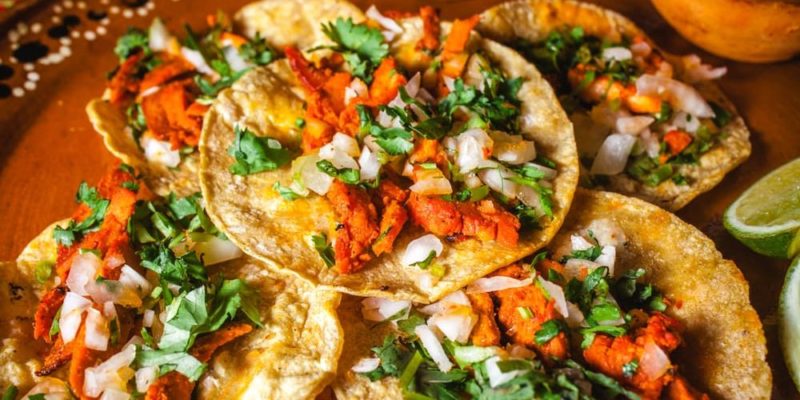

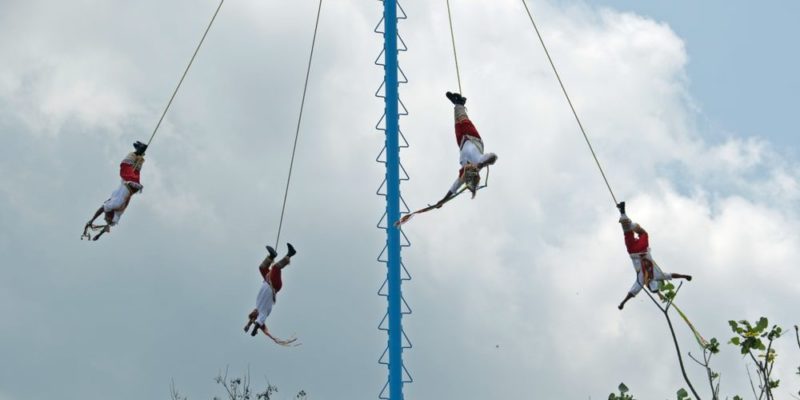
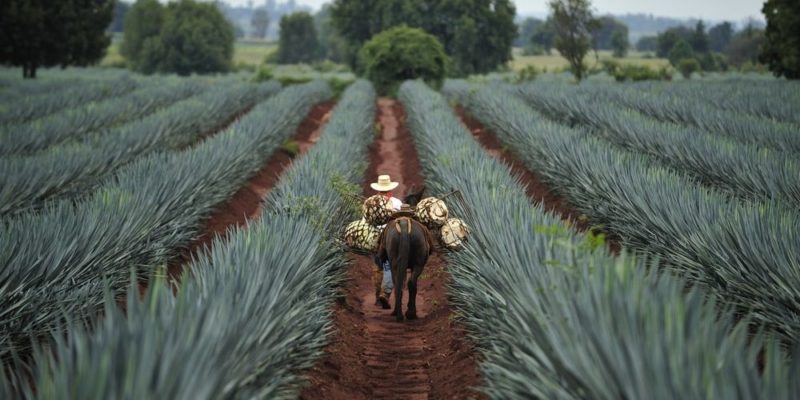
Mexican traditions and customs

Some of the main traditions and customs of the Mexican people are the following:
- The Day of the Dead Celebrated between November 1 and 2, the date on which according to local tradition the dead are allowed to visit their living families, this is one of the most famous traditions of Mexican culture, even portrayed in American animated films such as Coconut (2017). This festival is celebrated with dances, parades, typical foods (bread of the dead, sweet skulls) and decorations alluding to death (catrinas).
- The mariachis The musicians of a popular genre of the same name are known as “mariachi”, traditionally dressed in a “charro” (rider) costume, which usually accompanies celebrations such as Mother's Day, the Virgin of Guadalupe, family parties or serenades. romantic Garibaldi Square, in Mexico City, is famous, where Mariachis are always available for immediate hiring by passersby.
- Cult of the Virgin of Guadalupe The Catholic patron saint of Mexico is the virgin who supposedly appeared four times to the Indian Juan Diego Cuauhtlatoatzin, in the year 1531. On the day of this virgin, known as Our Lady of Guadalupe, alias the Queen of Mexico and Empress of America , is December 12, and is one of the most important cults in this American nation.
- The Day of the Revolution Annually, on November 20, Mexico celebrates one of the most important sociopolitical processes in the country, the continent and even the world at the beginning of the 20th century, which was the Mexican Revolution. This event, which initially had the purpose of overthrowing the dictatorship of Porfirio Díaz in 1910, ended up opening the door to a refoundation of the republic at the hands of various revolutionary leaders, who fought a bloody civil war whose protagonists are still remembered, especially Francisco “Pancho” Villa and Emiliano Zapata.
Continue with: Climate of Mexico
References
- “Culture of Mexico” on Wikipedia.
- “Study in Mexico. Culture and traditions” in Universia.
- “Culture of Mexico” in Don Quixote.
- “Mexican Culture: Customs & Traditions” on Live Science.
- “Mexican History and Culture” (video) at Travel Video Source.
- “Mexico” in The Encyclopaedia Britannica.

